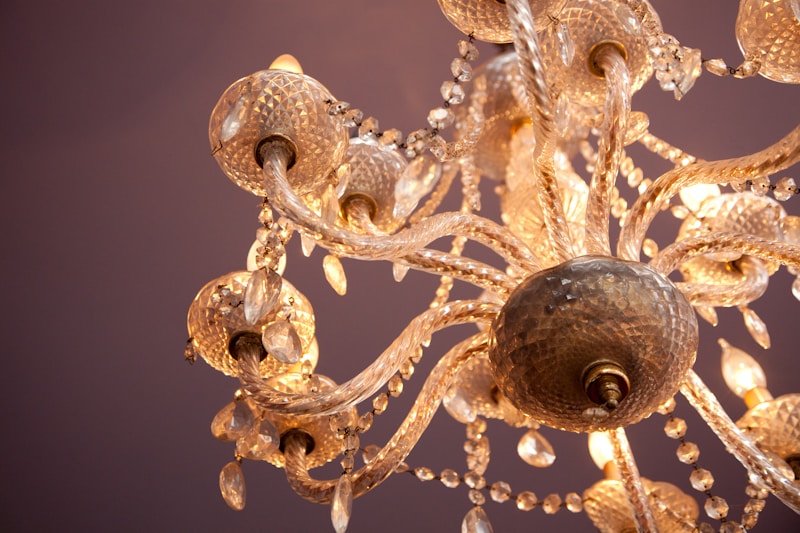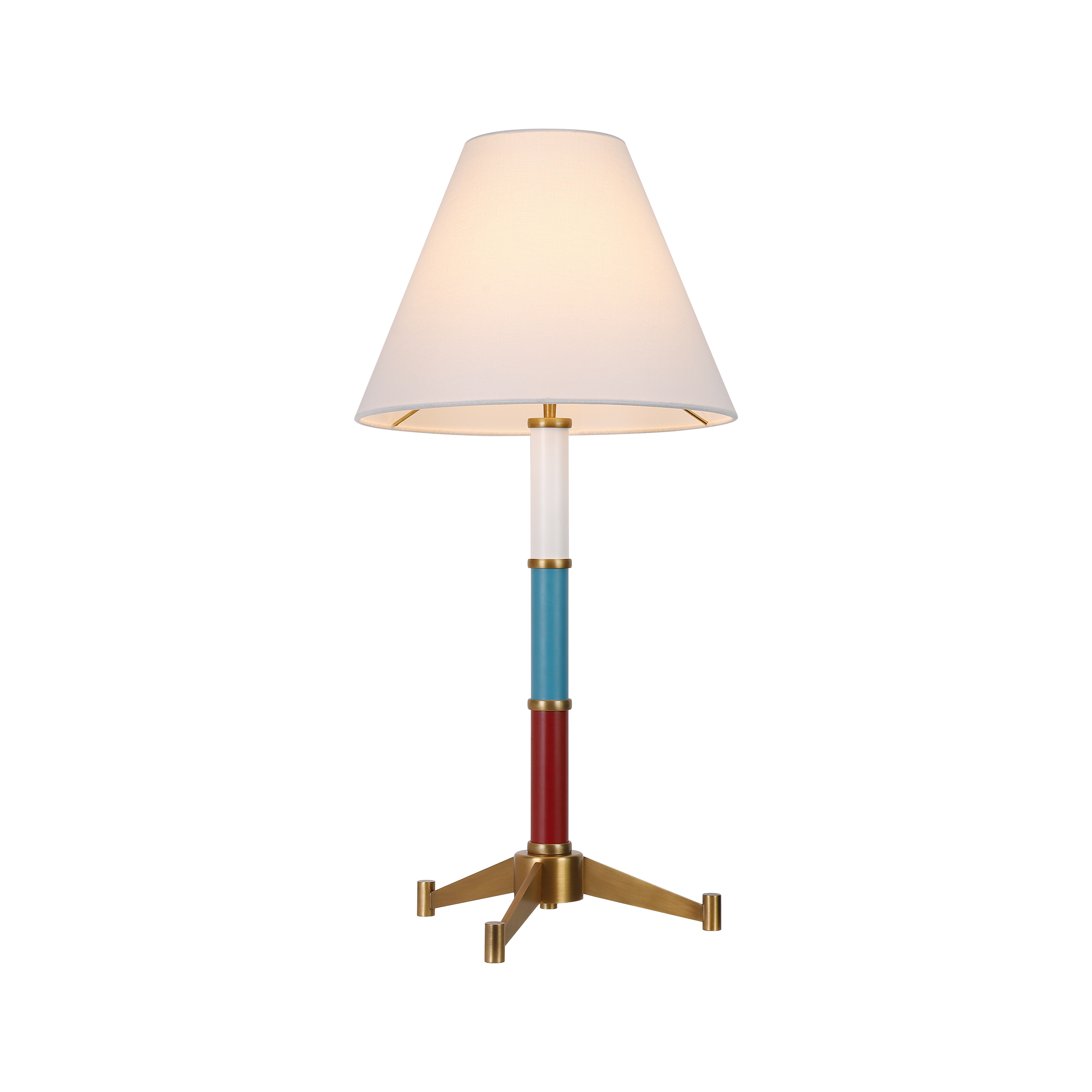Heritage Lighting: Connecting Styles Through the Ages
Heritage Lighting: Connecting Styles Through the Ages
Lighting is more than just a functional element in our homes; it is an essential part of our heritage and culture. This article explores 'heritage lighting', its evolution through time, and how different styles have connected various eras, providing us with insights into interior design, culture, and history.
Understanding Heritage Lighting
Heritage lighting encompasses various styles and designs that reflect specific historical periods. These lighting fixtures are often designed based on traditional methods and materials, representing a link to our past. This unique aspect makes heritage lighting a significant topic for homeowners, interior designers, and historians alike.
The Evolution of Lighting Through History
Throughout history, the methods and styles of lighting have transformed significantly. Let’s delve into some characteristic periods and styles:
| Period | Features |
| Prehistoric | Use of natural light and fire sources such as torches and campfires. |
| Medieval | Wrought-iron chandeliers and candle sconces became popular. |
| Victorian | Elaborately designed gas lamps and ornate chandeliers. |
| Art Deco | Sleek lines, geometric shapes, and the use of new materials like chrome. |
| Modern Era | Minimalist designs focusing on functionality and energy efficiency. |
The evolution of heritage lighting not only tells us about technological advancement but also reveals how Aesthetics and functionality merged in different eras.

The Connection Between Styles
Heritage lighting is many things; it is functional, artistic, and often symbolic. Different lighting styles connect through various influences such as cultural movements, artistic trends, and technological innovations.
Cultural Influences Affecting Heritage Lighting
1. Art Movements: Various art movements, such as Rococo, Baroque, and Bauhaus, influenced lighting design, making it not only a source of illumination but also a decorative element.
2. Technological Advances: The introduction of electricity revolutionized lighting, leading to innovative designs that still draw on heritage styles.
3. Social Changes: As societies evolved, so did the design of light fixtures. For instance, the rise of the middle class in the Victorian era led to more elaborate lighting options in homes.
Prominent Styles of Heritage Lighting
Here are some prominent styles of heritage lighting that continue to inspire contemporary designs:
1. Victorian Lighting
Victorian lighting is characterized by its ornate designs, often featuring brass, crystal, and intricate details. The use of gas and later electric light transformed chandelier designs, creating opulent fixtures that served as focal points in any room.
2. Art Deco Lighting
Art Deco lighting symbolizes the glamour of the 1920s and '30s, combining geometric shapes with luxurious materials such as glass and chrome. Fixtures from this era often reflect sophistication and style.
3. Rustic or Farmhouse Lighting
This style emphasizes a more homemade quality, reflecting simplicity and comfort. Materials like wood, wrought iron, and repurposed elements often feature in rustic lighting designs, making them warm and welcoming.
4. Mid-Century Modern lighting
Characterized by clean lines and organic forms, Mid-Century Modern lighting fixtures are both functional and aesthetically pleasing. They reflect a shift towards minimalism and practicality while still paying homage to earlier designs.
Why Choose Heritage Lighting?
For homeowners and interior decorators, choosing heritage lighting has its advantages:
- Timeless Appeal: Heritage lighting never goes out of style and can easily complement various interior design themes.
- Cultural Connection: These fixtures often carry historical significance, making them conversation starters.
- Quality and Craftsmanship: Many heritage lighting pieces are made with quality materials, ensuring they last longer than many modern alternatives.
Where to Find Heritage Lighting?
Finding authentic heritage lighting can be a quest in itself. Here are some suggestions:
- Antique Shops: These establishments often carry unique pieces that reflect different eras.
- Online Marketplaces: Websites like eBay or Etsy can connect you with vintage lighting fixtures.
- Specialty Retailers: Some retailers focus exclusively on heritage or vintage lighting, offering a curated selection.
Installing Heritage Lighting in Your Home
When incorporating heritage lighting into your home, several factors should be considered:
1. Choosing the Right Style for Your Space
Assess your overall interior theme. A Victorian chandelier may not suit a sleek, modern design, while a rustic pendant light can enhance warmth.
2. Consider the Scale
Ensure that the heritage lighting you choose is proportionate to the size of the room. Oversized fixtures in small spaces can feel oppressive.
3. Proper Maintenance
Heritage lighting may require specific maintenance, especially antique pieces. Be prepared to handle them with care to preserve their charm.
Conclusion
In summary, heritage lighting serves as a bridge connecting styles through the ages. By incorporating these unique fixtures into modern design, homeowners not only enhance the aesthetic appeal of their spaces but also pay tribute to the rich history of lighting design. When selecting heritage lighting, remember to consider the style, scale, and maintenance to ensure you choose the perfect fixtures for your home. Embrace the legacy and let heritage lighting illuminate your space with history and style.
